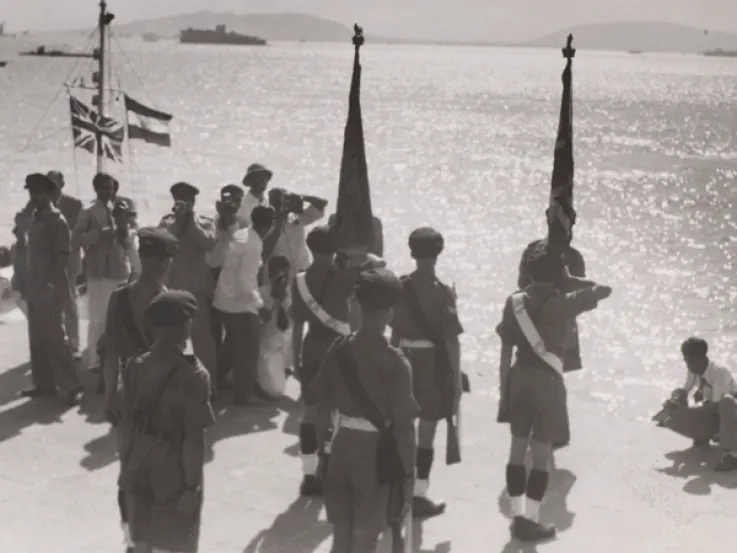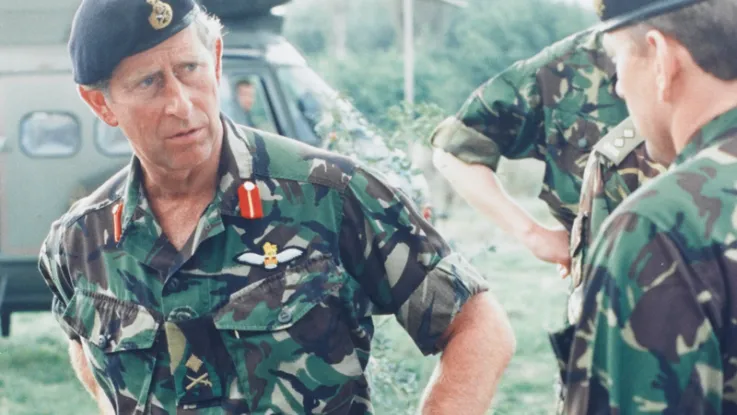1947
Royal Military Academy Sandhurst is formed
Formed by the merging of the Royal Military College and the Royal Military Academy previously at Woolwich, Sandhurst becomes a home for items accumulated by disbanded regiments.
1951
Indian Army Memorial Room opens
Following appeals for exhibits and donations, ‘relics and records’ of the Indian Army go on formal display in the Old Chapel at Sandhurst.
8 April 1960
National Army Museum is founded
A Royal Charter establishes the Museum 'for the better making known of the achievements, history and traditions of Our Army'.
15 July 1960
National Army Museum opens
Based in Sandhurst's old riding school, the newly founded Museum is opened by Queen Elizabeth II.
1968-71
National Army Museum relocates
To increase public access to Museum collections and displays, construction work begins on a new site in Chelsea.
11 November 1971
National Army Museum opens in Chelsea
Situated next door to the Royal Hospital Chelsea, the new Museum building is opened by Queen Elizabeth II.
1982
Templer exhibition opens
'The Tiger of Malaya' chronicles the life of Field Marshal Sir Gerald Templer, whose dedication helped establish the National Army Museum. The Museum's reading room is later named in his honour.
2008-14
Stored collections move to Stevenage
Collections held at Sandhurst are moved out and made ready for the Museum's new storage facility.
16 March 2017
National Army Museum opens again
Following a major transformation project, including three years of closure, the Museum is opened once more by Queen Elizabeth II.
Institutional Archive
The video above is illustrated with images from the National Army Museum's Institutional Archive. To mark our 60th anniversary, we are making the catalogue of this archive available to researchers online for the first time.
The catalogue provides information about records created by the Museum since its founding in 1960, including its early existence at the Royal Military Academy Sandhurst. It covers a range of categories, from governance to collection records, events to building records, as well as photographs and posters.
We will be publishing further catalogue records over time, establishing what we hope will prove a useful resource for researchers of museology and military history.






